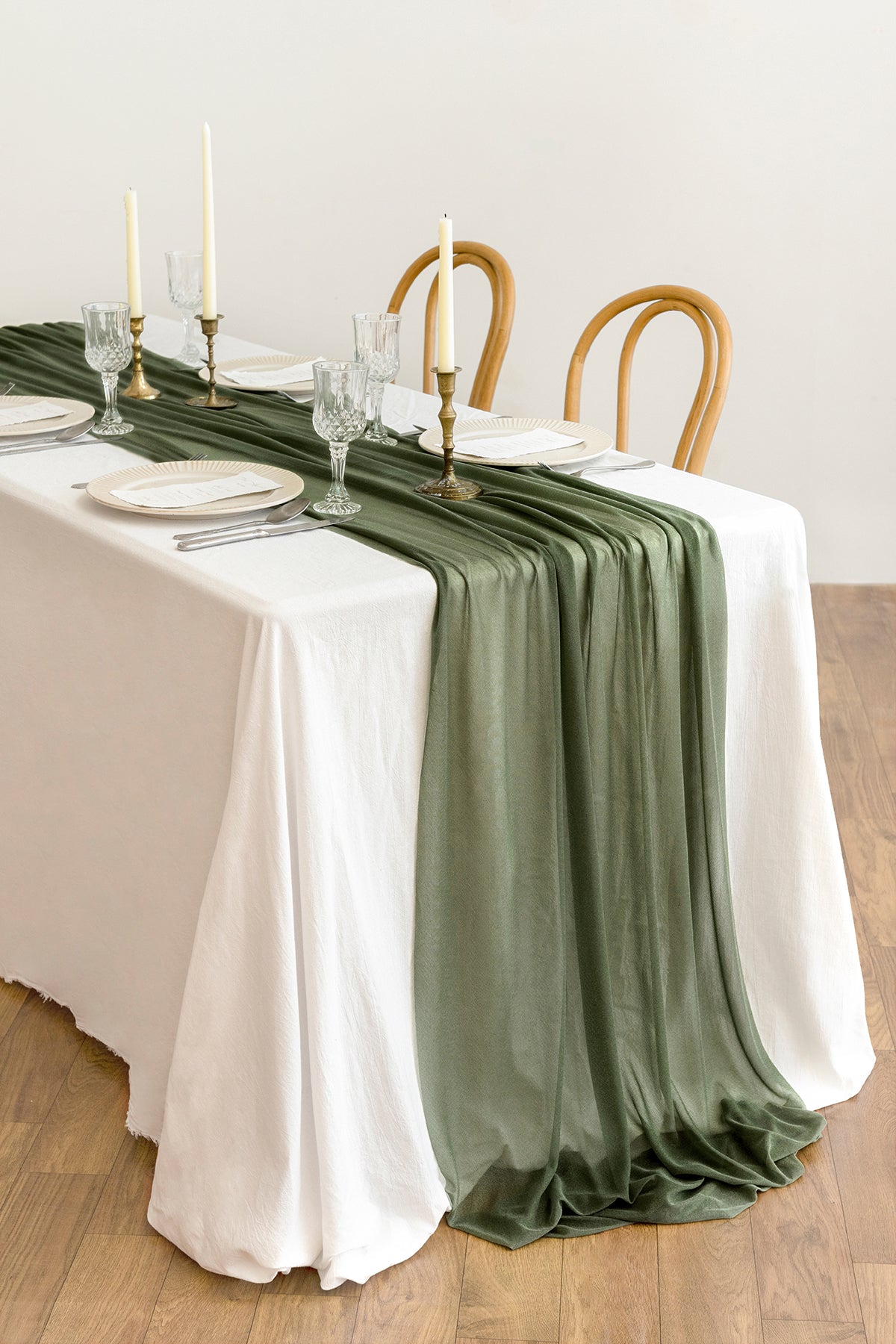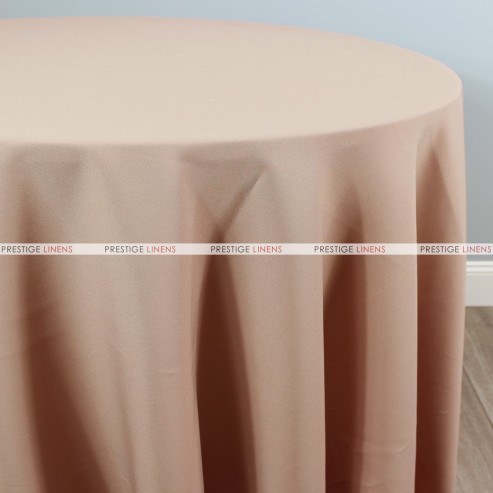Innovative Table Runner Makes Use Of: Beyond the Dining Table
Linen Fabric Innovations: Discovering Modern Trends and Creative Applications in Layout and Fabric Market
From lasting manufacturing techniques to cutting-edge weaving innovations, the evolution of bed linen is reshaping the landscape of the fabric sector. As we dive right into the worlds of creative design applications and the emergence of bed linen blends and hybrid materials, a new chapter unfolds in which bed linen's role in future fabric innovations takes facility stage.
Sustainable Practices in Bed Linen Production
Lasting methods in bed linen production have come to be increasingly important in the textile sector's initiatives to minimize ecological influence and promote honest sourcing techniques. Linen, a natural fiber acquired from the flax plant, offers a variety of advantages such as toughness, biodegradability, and breathability. Nonetheless, standard methods of bed linen production can include substantial water consumption, pesticide use, and energy-intensive procedures.
To resolve these difficulties, many fabric producers are embracing sustainable methods throughout the bed linen production procedure. This consists of sourcing flax from organic farms that stay clear of damaging chemicals and chemicals, implementing water-efficient retting techniques to essence fibers from the flax stalks, and utilizing green dyes and finishes. In addition, some firms are purchasing eco-friendly power resources to power their manufacturing facilities and minimizing waste with recycling and upcycling campaigns.
Technical Innovations in Bed Linen Weaving
With the growing emphasis on sustainable methods in linen manufacturing, the textile market is currently experiencing a surge in technological advancements especially aimed at revolutionizing the art of linen weaving. These innovations are improving the way bed linen textiles are created, offering raised efficiency, top quality, and creativity in weaving techniques.
Among the key technological innovations in linen weaving is the integration of computerized looms. These innovative looms are equipped with software application that permits intricate and elaborate designs to be woven with precision. By digitizing the weaving procedure, producers can attain higher consistency and precision in their bed linen materials.
Additionally, developments in yarn spinning modern technology have allowed the production of finer and more durable bed linen yarns - table cloths. This causes softer and smoother bed linen textiles that retain their top quality also after several uses and washes
Additionally, the growth of green dyeing processes and surfaces for linen fabrics is getting grip. These sustainable practices not just minimize the environmental influence yet likewise deal with the enhancing consumer demand for ethically generated fabrics.
Creative Design Applications for Linen
Ingenious artistic techniques are increasingly shaping the creative layout applications for linen in the fabric sector. Bed linen's all-natural aesthetic appeal and capability to blend with various other fabrics make it a favored selection for developing special garments and accessories that provide to the eco aware consumer.
Moreover, designers are try out bed linen in home decor, using its long lasting and breathable nature to craft elegant furnishings such as drapes, bed linens, and upholstery. The Clicking Here structure and drape of bed linen bring a feeling of sophistication and convenience to interior spaces, adding a touch of elegance to contemporary homes.

Bed Linen Blends and Hybrid Fabrics

Hybrid textiles, on the other hand, take the principle of mixing a step further by including extra elements such as metal threads, recycled materials, or conductive fibers. These innovative fabrics not just increase the design opportunities however additionally introduce useful facets like conductivity, antimicrobial homes, or enhanced longevity. Hybrid fabrics are increasingly being utilized in various sectors, consisting of fashion, interior decoration, and technological fabrics, where the demand for multifunctional materials gets on the surge.
Bed linen's Duty in Future Fabric Innovations

In the world of future textile technologies, bed linen is expected to be a vital gamer in the growth of sophisticated functional textiles. Designers and researchers are discovering methods to improve linen's intrinsic qualities through technological developments, such as integrating smart textiles, nanotechnology, and performance coatings. These innovations intend to elevate bed linen's performance characteristics, making it suitable for a wider variety of applications, from activewear to safety apparel.
Additionally, the mix of linen with other natural or artificial fibers opens endless possibilities for producing unique textiles with one-of-a-kind properties and functionalities. By leveraging bed linen's attributes and exploring innovative blends, the fabric sector is positioned to introduce amazing growths that satisfy developing consumer requirements and sustainability demands.
Final Thought
To conclude, the exploration of lasting techniques, technological improvements, creative design applications, bed linen blends, and its role in future fabric developments highlight the continual development of bed linen material in the modern design and textile market. With a focus on development and creative thinking, the adaptability and environmentally friendly nature of linen make it an important product for suppliers and developers alike, leading the way for more advancements and improvements in the field of fabrics.
As we delve right into the worlds of innovative style applications and go right here the emergence of bed linen blends and crossbreed textiles, a new phase unravels in which bed linen's role in future fabric advancements takes center phase.
Checking out the blend of bed linen with other materials has led to the development of ingenious blends and crossbreed fabrics in the modern textile sector. Linen blends use a distinct combination of the features of bed linen with those of other fibers, resulting in textiles that have improved properties such as increased durability, enhanced draping, and reduced wrinkling.The advancement of linen blends and hybrid fabrics has set the phase for Linen to play a pivotal function in driving future fabric technologies.In the realm of future textile technologies, linen is expected to be a vital gamer in the advancement of innovative useful fabrics.